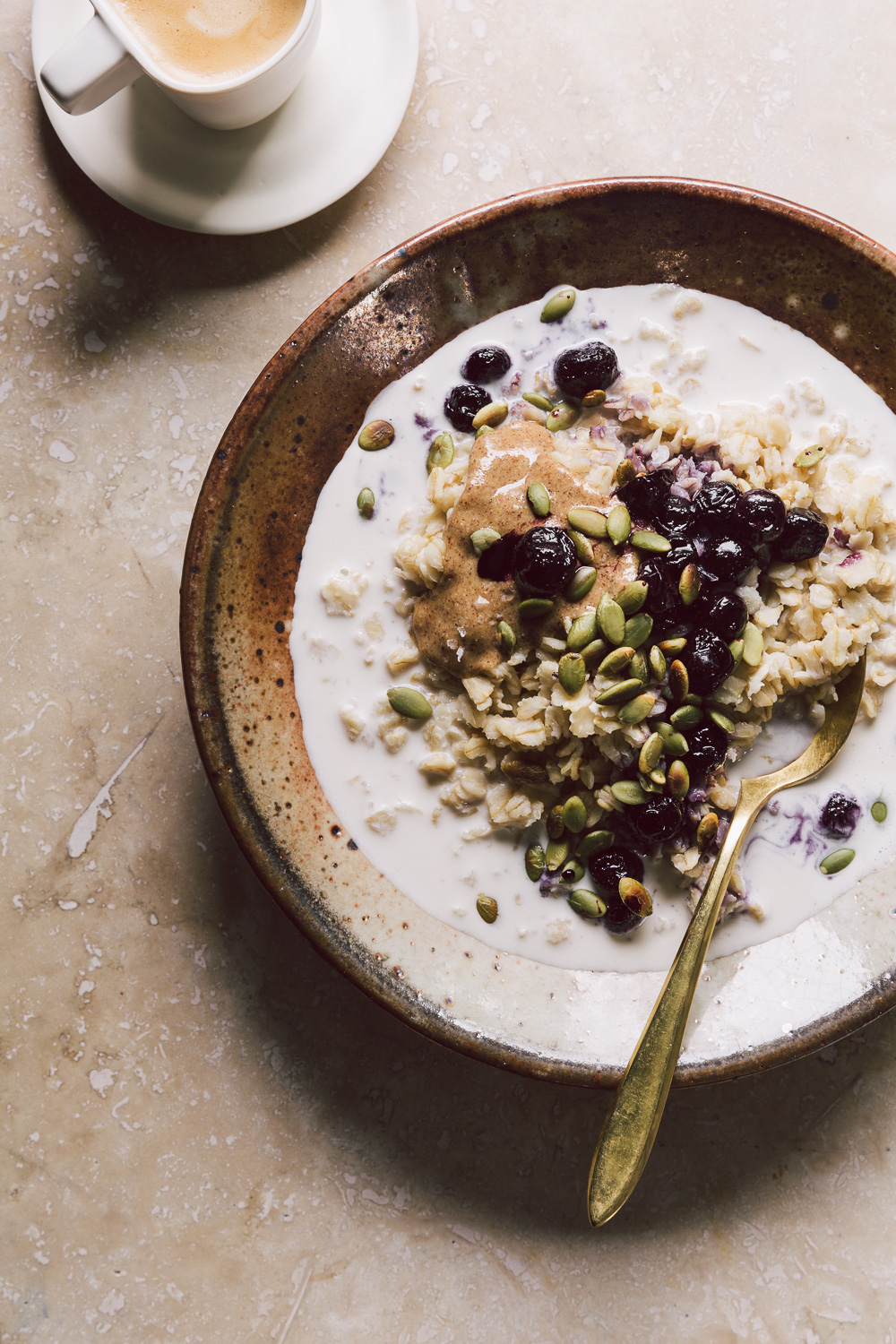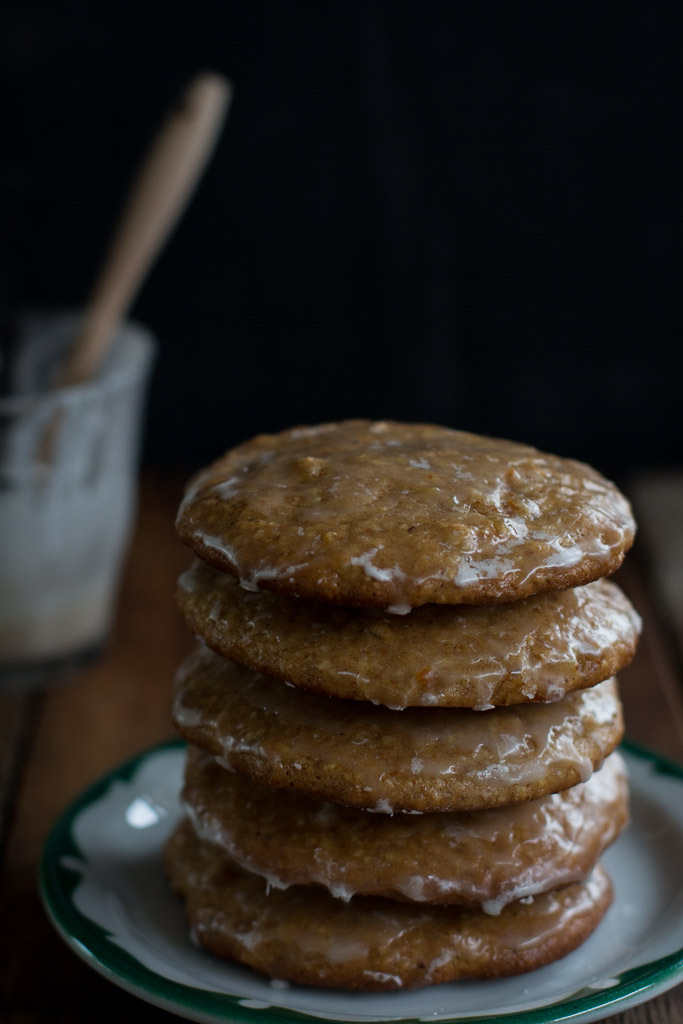Can you feel it?
We’re at the giddy precipice of the holiday season, looking over the edge before plunging breathlessly into it all. Like a roller coaster car suspended for a split second above a valley of curves and drops and loop-de-loops.
Yes, the holidays are an exhilarating (and often anxiety-inducing) ride. The media says we’re supposed to pretend the holidays are all love and light and eggnog lattes and good cheer. While I’m an unrepentant lover of all things Christmas, I have been around long enough to know that sometimes the stretch between Thanksgiving and January 1 is the hardest part of the year.
In addition to glittery Christmas trees and spiced apple cider and brown paper packages tied up with string, the holidays are also:
- A mountain of stress. Induced largely by the pressure to buy everyone on your list beautiful presents, each paired perfectly to the receiver’s personality and taste and lovingly wrapped in recycled craft paper and festooned with vintage ribbons, or perhaps fresh pine needles.
- Your annoying uncle Leroy who starts talking politics after his third scotch then steps outside to smoke a cigar while the evening practically deteriorates into a fist fight and everyone informs everyone else why their views are garbage and COMPLETELY WRONG.
- Boring-ass work parties where you have to make small talk with Barb from accounting and enjoy yourself enough that the party-planning committee isn’t offended, but not so much that you end up telling your boss what you really think of her.
- Figuring out how to sample all the once-a-year cookies and cakes and roast goose or whatever while simultaneously not feeling like an unhealthy blob of a human being.
- Judging yourself because another year has gone by and you still haven’t gotten a raise/found a partner/lost 10 lbs/made time to volunteer at your kids’ school/finally started meditating.
The holidays are a complex mix of joy, togetherness, beloved rituals, obligations and stress.
Too much stress.
Which is why I want you to join me in my mission to boost the joy and ditch the stress of the holidays. I wouldn’t say I’m 100% there yet--I still get wound up about baking a gazillion holiday cookies and how to give meaningful gifts and have I posted enough holiday recipes to the blog? But things are A LOT better than they used to be. Five years ago, I was a mash-up of Martha Stewart and Gwyneth Paltrow on speed. It wasn’t pretty. (Or very joyful for that matter.)
These days, I’ve got a solid repertoire of tactics I use to keep me sane at the holidays. Since I want you to find your holiday zen too, I’m going to be sharing some of my best tips for keeping the holidays manageable and joyful. Which means we’ll all have more time and mental space to focus on what really matters--spending time with people we love. (And baking lots of cookies. And watching Love Actually. And listening to LOTS of cheesy Christmas tunes, of course.)
So as we dive headlong into the fun and the chaos of the season, my first piece of advice is to TAKE CARE OF YOUR SWEET ASS SELF. You are definitely not going to make the season brighter laid up on the couch with a nasty flu. And it’s hard to spread holiday cheer when you’re sleep-deprived and irritable AF.
By all means, plan parties. Trim trees. Sew stockings. Throw back a ‘nog or two. But remember to take some time for the things that make you feel good: Meet your best friend for drinks after work. Read a book just for pleasure. Go for a mind-cleansing run. Have a tickle fight with your kids. And for the love of all that is holy, try to get enough sleep!
Also, feed yourself nourishing food. Like, maybe, this Blueberry-Hazelnut Oat Bowl.
I promise you, this is not your grandma’s oatmeal. There are a lot of sexy things happening here. Like toothsome (not soggy!) oats. And maple blueberries. And homemade hazelnut butter. (Because you’re fancy like that and hazelnut butter kicks peanut butter’s ass any day.)
This is a warming bowl of self-care. The sort of breakfast that leaves you feeling satisfied and sustained, with enough energy to ride the ups and downs of the holiday season and come out the other side feeling like you made the most of it all.
Blueberry-Hazelnut Oat Bowl
- 3 cups hazelnuts
- Kosher or sea salt
- 1 cup rolled oats (not instant)
- 1 cup fresh or frozen blueberries
- 2 tablespoons maple syrup, plus additional for drizzling (optional)
- ½ cup raw pepitas
- 1 cup almond milk, preferably homemade
*Notes: You can whip this up using store-bought nut milk and nut butter. But it’s WAAAAY better with homemade versions. I advise setting aside an hour on the weekend to prep up the almond milk, nut butter, blueberries and pepitas. You can even cook the oatmeal in advance if you want. Then just heat and go in the mornings if you’re short on time.
- The method below is how my mother cooks oatmeal--she uses water to let the oat flavor shine through and not too much of it, so the oats stay firm. Excessive stirring is discouraged. Feel free to use a different recipe if you like a different style of oatmeal, or even substitute a different grain for the oats.
- I use this almond milk recipe. But I use slightly less water to make a thicker milk that foams better for lattes. Sometimes I use a little honey to sweeten it. But normally, I don’t add any sweeteners to it.
Preheat your oven to 350° F. Spread the hazelnuts on a rimmed sheet pan and roast until the skins start to loosen and the nuts turn golden-brown and fragrant, 8-12 minutes Transfer the hot hazelnuts to a clean tea towel. Gather the four corners of the towel and twist them together to form a parcel around the hazelnuts. Rub vigorously to remove as many skins as possible. When you open the towel most of the skins should have fallen off. Lift the nuts off the towel with a slotted spoon, leaving the skins behind (it's ok if some are still attached) and place them on a plate to cool.
When the hazelnuts are cool enough to handle, place them in the bowl of a food processor with a pinch of salt. Process, scraping down the sides of the bowl as needed, until the nuts have turned into a smooth nut butter, 5-10 minutes. Transfer to an airtight container and store in a cool, dark spot. You will have extra for future breakfasts and snacks.
To make the oatmeal, heat 2 cups water in a medium saucepan over high heat. When the water comes to the boil, stir in the oats and a small pinch of salt. Cover, reduce the heat to a simmer and cook for 5 minutes. Turn off the heat and let the oats sit until they absorb most of the cooking liquid.
Heat the blueberries, maple syrup (if using) and a tablespoon of water in a small saucepan over medium-low heat. Cook until the berries start to burst and the juices thicken a bit, about 10 minutes.
Toast the pepitas in a dry skillet over medium heat, stirring often, until they start to turn golden and some of them start to expand and make a popping sound. Sprinkle with a little salt and transfer to a plate to cool.
When you’re ready to assemble the bowls, heat the almond milk in a small pot over low heat. (I use my milk frother because it’s faster and easier.) Divide the oatmeal between 2 bowls. Pour the almond milk around the oatmeal. Top the oatmeal with a generous spoonful of hazelnut butter. Spoon some of the blueberries and their juices over the top then sprinkle with some of the toasted pepitas. Sprinkle very lightly with salt and drizzle with additional maple syrup if you like. Serve hot.
Makes 2 servings

























